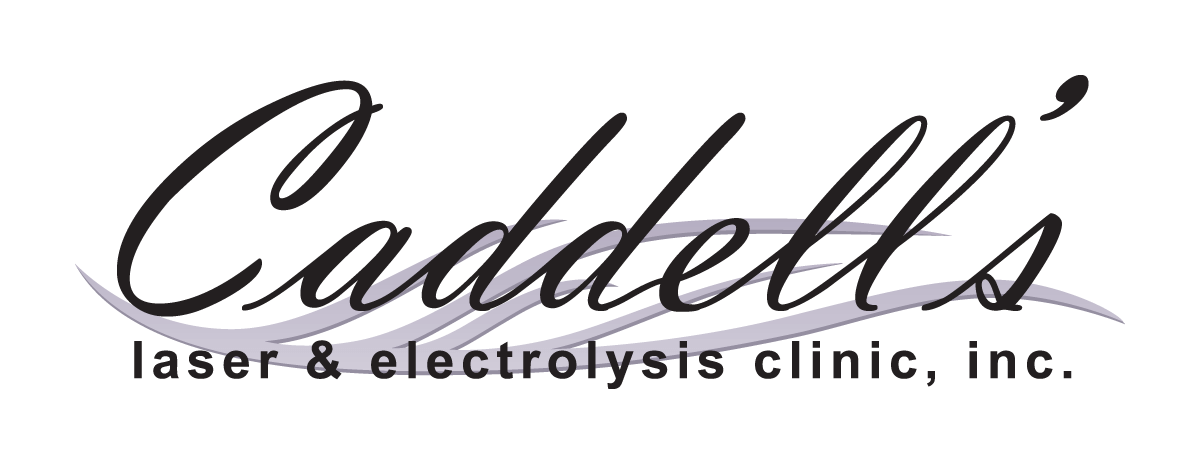Are You Cleaning Your Face Correctly ? Here's How to Cleanse Your Skin
In my last post, I wrote about 6 remedies for dry skin. In this post I’m going to continue that thought process and talk about how to cleanse your face when you have dry skin. These handy little tips may help you discover how to improve the overall health of your skin and prevent dryness, irritation and inflammation.

1. Always wash your face before going to bed. Gentle cleansing of your face is really important at night. Removing makeup, sunscreen, bacteria, dirt, oil and dead skin cells that build up during the day allows your skin and pores to breath and keeps all that gunk from working their way into your pores. Gently wash, do not scrub your face. There’s no need to wash your face again in the morning, just a quick rinse with water and you’re ready for your moisturizer.
2. Using milder, soap free cleansers, like Epionce’s Cleanse & Prepare products remove skin impurities without disrupting the lipids and cells that form the natural protective barrier. Using a face cleanser should make your face feel smooth and soft after cleansing and not dry and tight. Things to avoid using on your face when you have dry skin:
Harsh detergents, chemicals and alcohol in soap can strip this barrier away and can cause dryness, irritation and inflammation.
Avoid using antibacterial products on your face as well as these can dry your face.
Forget scrubbing altogether! Rubbing and scrubbing, even the friction from washing with a washcloth or sponge can be irritating.
3. The best way to wash your face is with your hands, this is the most gentle and convenient way. Remember to wash your hands first – then dampen your face and hands with tepid water and add small coin sized amount of cleanser to your palm. Mild cleansers may not lather much so it’s not necessary (or sometimes possible) to work up a good lather. Massage into your skin with a gentle circular motion and be extra gentle around your eyes. Don’t scrub - not even with your fingers! Once you’re done washing, rinse with tepid water. Squeaky clean skin isn’t the goal, that’s skin that’s had all the oil removed, the goal is skin that’s supple and smooth and that doesn’t feel dry.
4. Don’t rub your face dry – pat with a soft cloth. Rubbing your face dry can lead to irritation and can ruin your face wash. Use a clean hand towel or washcloth and pat it dry – but not all the way, leave a little moisture on your face for your moisturizer to seal in.
5. Use Rich Moisturizers and apply your moisturizer within 3 minutes of your morning and evening routine. It’s best when you apply moisturizer to your face while it’s still damp because moisturizers don’t actually add moisture; they seal the water on your face so it doesn’t evaporate as quickly. Lotions aren’t as effective on your skin as creams and oils. Glycerin and propylene glycol, also known as humectants, draw water into the outer layer of skin. Products such as petrolatum, lanolin, mineral oil and dimethicone, emollients, trap water by forming a layer on the skin’s surface. It’s best to avoid moisturizers that contain perfume or fragrances, and retinols maybe irritating to dry, sensitive skin. If your moisturizer burns, stings itches or feels dry don’t use it.
6. Showers and baths are necessary and they do add moisture to your skin, however they also dry skin by removing the natural oils found there. And since hot water washes away oil faster than warm water, keep your baths and showers warm, not hot. Don’t linger and limit your bath or shower to less than 10 minutes a day.
These 6 steps, when used in cleansing and moisturizing your face can help maintain the health of your skin and avoid the problems and discomfort felt when your face is dry, irritated or inflamed.

0 comments